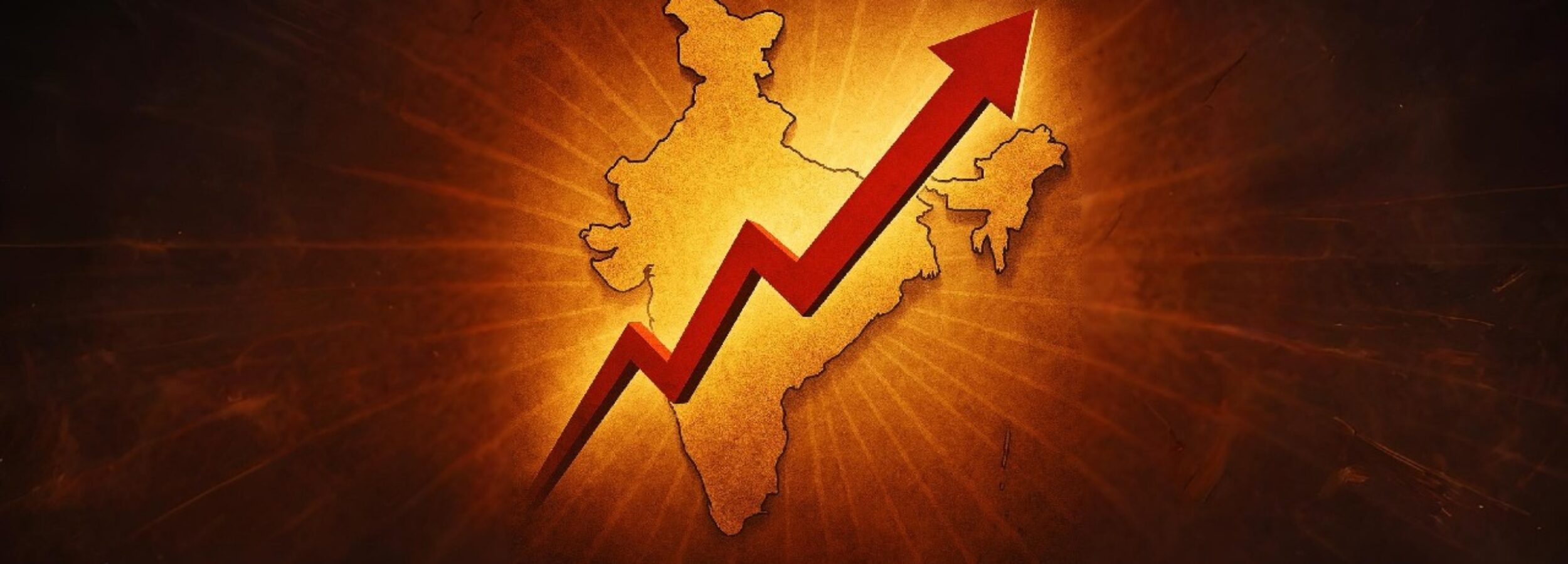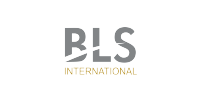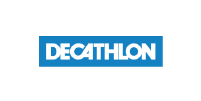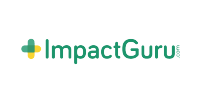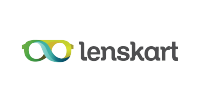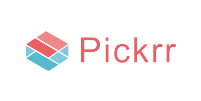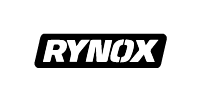7 min read |
Bhopal, Madhya Pradesh: On a humid August evening, 27-year-old Riya taps her phone screen to book a last-minute train ticket home.
As she confirms payment, a tiny box pops up: “Add travel insurance for ₹50.”
Normally, Riya would ignore it. But she remembers a friend losing luggage on a trip last year – and how a cheap insurance add-on saved the day. With a quick thumb press, she buys the cover.
Riya isn’t in Mumbai or Delhi; she’s in a Tier-2 city, and her split-second decision is quietly echoing across India’s smaller towns. From Indore to Bhubaneswar, millions of first-time insurance buyers like her are emerging – not through agents or brochures, but through apps and online purchases where insurance comes embedded by default.
The $222 Billion Trajectory
India’s insurance penetration crept from 2.7% in 2000 to 4% in 2022—still trailing the global average of 6.5%. Yet the total market, pegged at $131 billion in 2022, is projected to hit $222 billion by 2026, growing at a remarkable 17% CAGR. Much of this growth is no longer just from metros like Mumbai or Delhi. India’s smaller cities and rural regions—often clubbed under “Bharat”—are key drivers, thanks to rising incomes and the ubiquitous smartphone.
With 68% of the population under 35 and over half in their prime earning years, the appetite for financial security has soared. At the same time, 90 crore Indians remain largely underserved. Traditional agents seldom reached them, and complex paperwork deterred many. Today, digital platforms are bringing insurance to these new customers at scale.
Insurance at Checkout!
The biggest shift? Embedded insurance—where policies come bundled with other products or services. Think electronics e-commerce, ride-sharing apps, or even agritech platforms that offer add-on coverage at the point of sale. Instead of seeking out a policy, consumers discover it during a purchase: “Add device protection for ₹99?” or “Opt-in for flight delay insurance?” The friction is minimal, and so is the cost. This “click-to-insure” model is especially appealing in Tier-2/3 markets, where insurance literacy might be low but smartphone usage is booming.
Across India, young professionals like Riya in Bhopal now buy bite-sized policies along with train tickets or new e-bikes. The more frictionless the experience, the likelier they are to say yes. And once they file a successful claim—say, ₹5,000 for a cracked phone screen—they’re far more open to larger covers in the future.
Policy Push and Tech Tailwinds
Regulation : The Insurance Regulatory and Development Authority of India (IRDAI) wants “Insurance for All by 2047.” Its Bima Trinity reforms—Bima Sugam (a unified digital marketplace), Bima Vahak (grassroots insurance ambassadors), and Bima Vistaar (standardized coverage)—aim to simplify products and supercharge distribution. These initiatives reduce entry barriers for new players, making it easier for consumer brands to embed insurance offerings without endless red tape.
Technology : Rapid digital adoption in small cities, from mobile wallets to instant KYC, lets insurers process micro-policies and claims quickly. A ₹100 policy once seemed unprofitable; now automation and scale make it viable.
Stay updated with us
Hurdles on the Road to 2026
Despite the optimism, hurdles remain. Many Indians still consider insurance a “big expense” or are simply unaware of its benefits. 18% GST on premiums makes policies costlier, and 1 in 5 policyholders misunderstand basic terms. Fraud and mis-selling—longstanding industry issues—threaten to erode trust if not tackled firmly.
Then there’s the distribution gap. While an ecommerce checkout works fine for certain covers, rural India needs offline support, especially for more complex policies like health or crop insurance. IRDAI’s push for a hybrid approach—digital tools plus on-ground partners—could bridge this divide, but it’s not an overnight fix.
The Road Ahead
For many, micro-insurance is the first step on a path to deeper financial security. As more Indians test these bite-sized policies—whether for a cracked phone screen or a delayed train—they gain familiarity with insurance overall. By 2026, a hefty chunk of India’s projected $222 billion market will be built on small policies that didn’t exist a decade ago.
Behind the scenes, insurtech enablers—brokers and tech specialists—help consumer-facing platforms integrate policies seamlessly. Think of them as the plumbing that channels coverage from insurers to any digital storefront. If India’s small towns are the new frontier, embedded insurance is the express train carrying first-time buyers toward a safer financial future.

